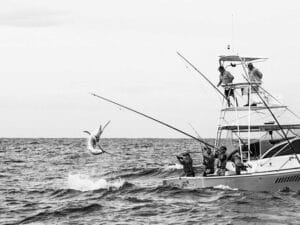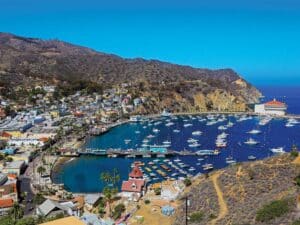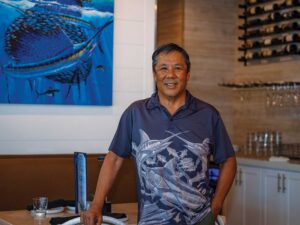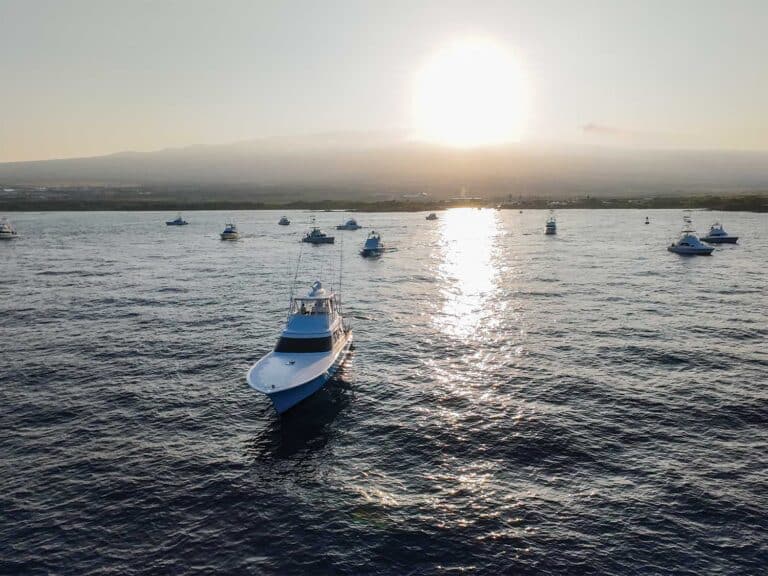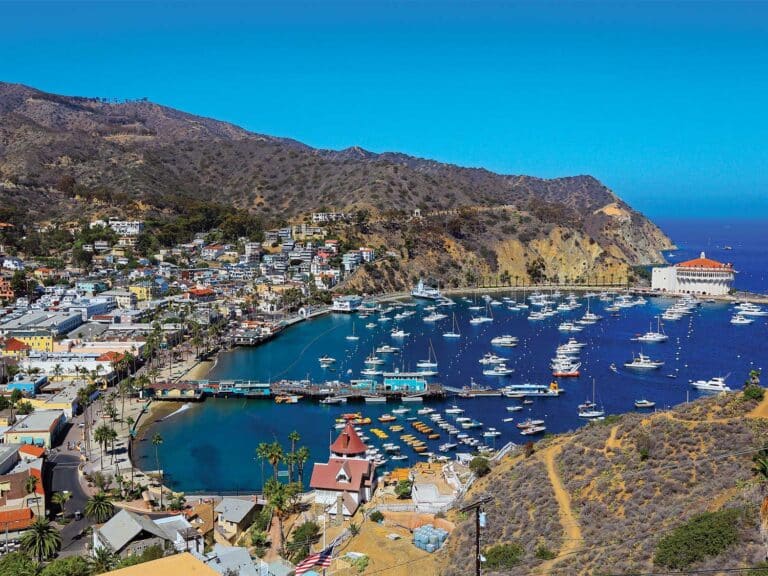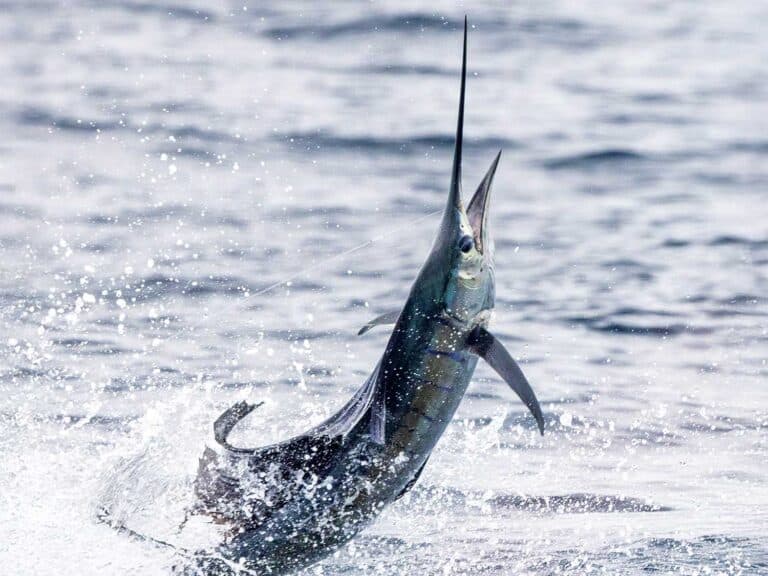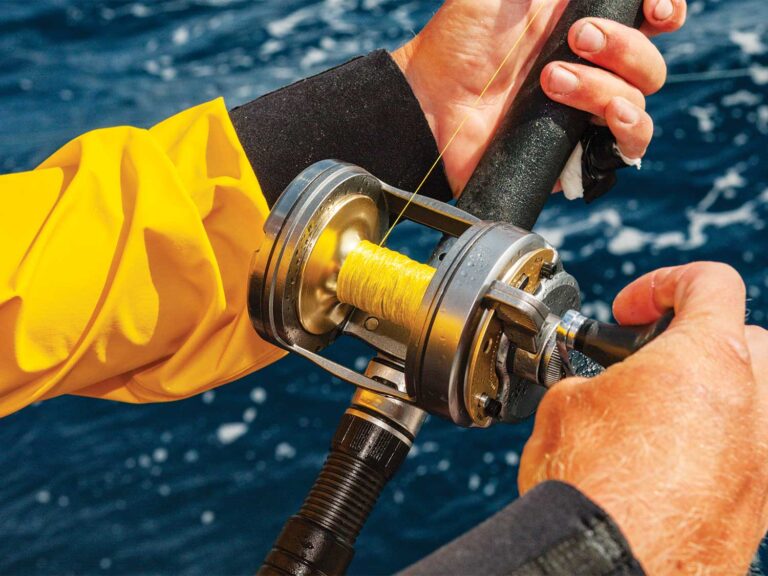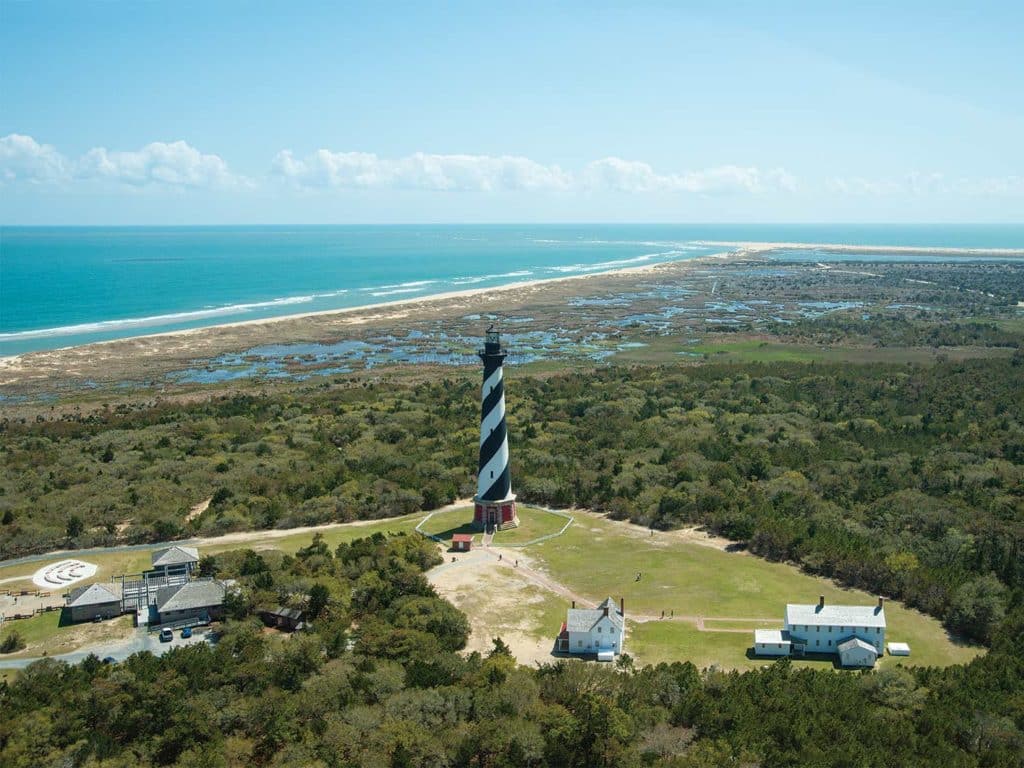
In 1957, four sportsmen met at a restaurant overlooking a few boat slips in Hatteras, North Carolina, after a morning of duck hunting. They were keenly aware of the growing fishery just offshore and wanted to find a way to make it known to the rest of the world. That day, Charles Johnson, Luther Hodges, Earl Phillips and Willis Slane laid the groundwork that would lead to the creation of the Hatteras Marlin Club in 1959, giving the tiny coastal village on the edge of the Outer Banks the moniker of Blue Marlin Capital of the World.
Homer Styron’s parents owned the restaurant that housed that first meeting; it took a couple of years to purchase the property and put all the pieces in place, but the Hatteras Marlin Club was born when it opened its doors in 1959. At that time, it was primarily a gentlemen’s sporting club, where men from out of town could get away for the weekend to hunt, fish, play cards and swap stories. Many of the early members would keep their boats in the neighboring slips all summer, not traveling as many operations do today. The four original founders not only changed the community of Hatteras through the club, but they also made an impact on the lives of untold numbers of fishermen around the world.
Watch: We show you how to rig one of the best baits for blue marlin: the swimming mackerel.
The Early Years
Charles Johnson, a car dealer from the other end of the state in Asheville, North Carolina, was an avid fisherman. Based on his desire to experience pelagic fishing in other parts of the world, Johnson imagined Hatteras as a worldwide destination for fishermen to visit and enjoy. His vision would prove to be more dynamic than simply fishing; he led a financial construction campaign to bring a much-needed medical center to Hatteras Village in 1963. Most would agree, this was the first unofficial charity event associated with the club.
At the time of the club’s inception, Luther Hodges was the governor of North Carolina. A passionate fisherman himself, he played a key role in promoting Hatteras as well as the club. Having been governor, Hodges and subsequent governors were key influencers, attracting many businessmen and sportsmen of the day to form the core membership.
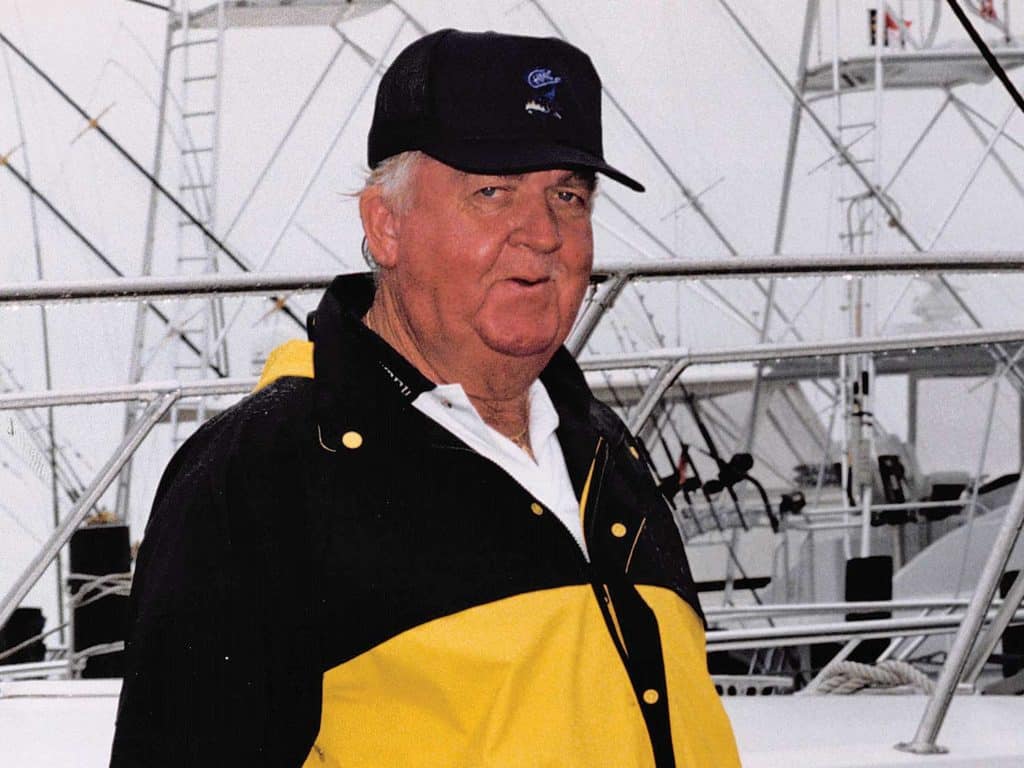
Earl Phillips has been credited as the founding member whose pockets were deep enough to purchase the Blue Marlin restaurant, which soon became the focal point of the club. As the story has been passed along, many attribute a blustery day at the club where Phillips and Willis Slane were complaining about the lack of boats sturdy enough to fish from Hatteras on rough days. Slane left that meeting, returning to his home in High Point, North Carolina, to start what would become Hatteras Yachts. The first boat was a 41-foot flybridge model made of a new material: fiberglass. In March 1960, in honor of the textile industry, Knit Wits was christened and delivered to its owner, Phillips. That year was also the inaugural Hatteras Marlin Club Tournament.
Happy memories and a flourishing membership had been the norm for many years; however, there was a time in the late 1960s and early ’70s when membership waned as the original guard grew older. Ken Miller, who has been a member, commodore and board member, joined shortly after the near-demise of the club. “It is important to remember Jim Hackney of Washington, North Carolina, who literally saved the club and briefly took ownership during the time of low membership,” Miller says. “It was he and Sam Clark who issued bonds and converted the club to stock ownership by members. If there is one person who I would deem important, it would be Jim, for stepping up and saving the Hatteras Marlin Club.”
The club’s stated goal has been, and remains to this day, to create awareness of the amazing fishery available just off the coast, where the cold Labrador Current and swirling warmer Gulf Stream waters collide, forming the basis for a world-class fishery for a variety of species throughout the year. While blue marlin is the focus, Hatteras is also home to an amazing number of white marlin, sailfish, dolphin, tunas (yellowfin, bluefin, blackfin and bigeye), wahoo, swordfish, king mackerel and even deep-drop species.
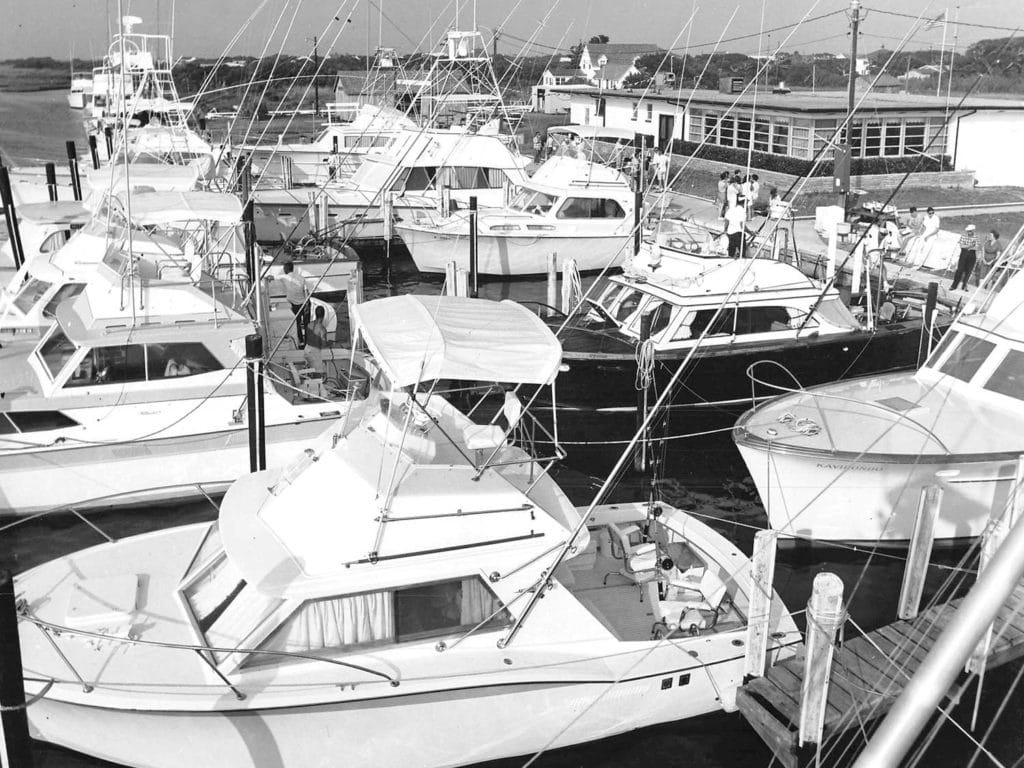
Membership Has Its Privileges
Styron says: “In the early days, most of the members were car dealers, textile-industry people, doctors and dentists. Most of them had to be back at work on Monday morning, so weekends at the club were always packed with activity.” He has a great deal of memories about the club, having been the general manager from 1980 to 2012—he ran everything from the restaurant to the annual tournament and also served as dockmaster.
While the current membership has grown to near the capped number of 200, the process to become a member remains unchanged. A candidate must be sponsored by two current members and then voted on. Once a member, each person and their family have full access to the club’s amenities, including the restaurant, pool, boat ramp, annual tournaments and any other facilities.
Membership growth has been on the rise since the late ’70s to include more locals, which has been key in keeping the club vibrant year-round and maintaining the local connection within the Hatteras Village community. Over the past 20 years, as boats have grown to commonly be over 60 feet in length and with speeds of more than 30 knots, the owners have followed the fish along the East Coast, moving north with the white marlin from Virginia Beach to southern New Jersey; winters often see the same fleet moving back down to Florida, the Bahamas and worldwide, yet many boats remain firmly rooted in the Outer Banks for the duration of the year.
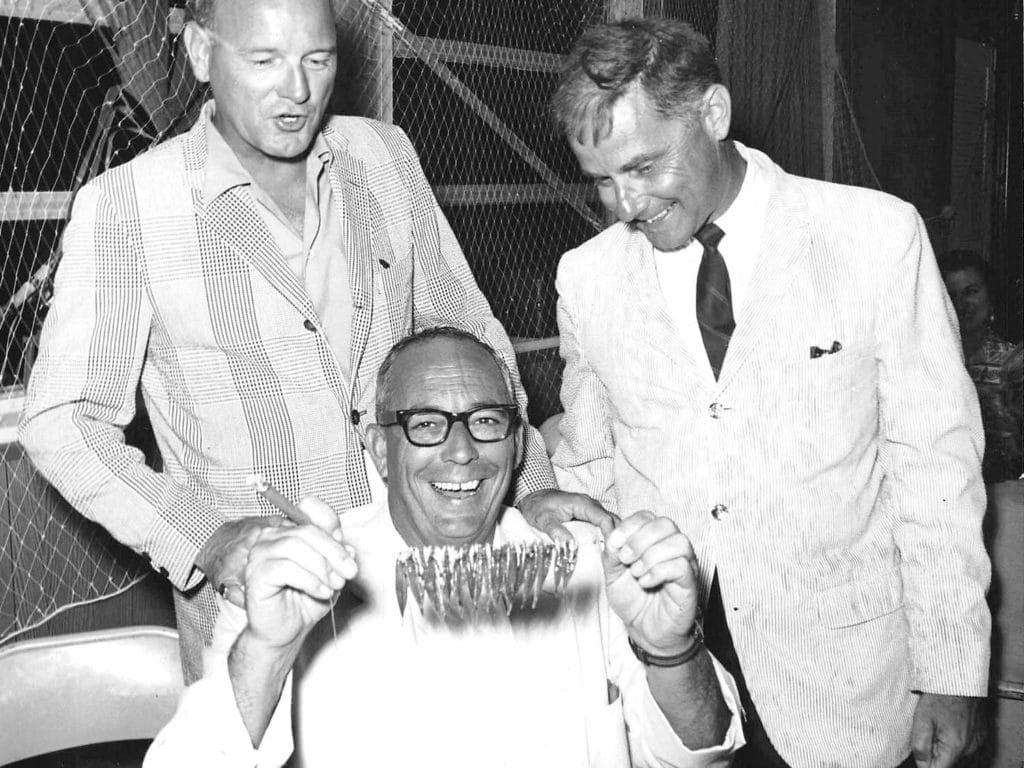
Capt. Rom Whitaker, a longtime charter-boat captain, is one of the local members, running his 53-foot Bobby Sullivan, Release, out of Hatteras Harbor Marina. He says that he enjoys the annual Hatteras Marlin Club tournament, which closely follows the Big Rock Blue Marlin Tournament. “The Big Rock is fast-paced and big-money,” he says. “The club tournament is about camaraderie, friends and fishing. If you’re good enough—or lucky enough—to win, it carries a tremendous amount of prestige within the village and on the East Coast. You’re fishing against some great captains and crews in Hatteras.”
Larry Dempsey, another longtime member, spoke about the camaraderie, saying, “I first visited Hatteras as a surf fisherman,” he says. “Ken Miller, who I’ve known my whole life, encouraged me to get to know some of the members and join. After a while, I did join, and fished with James Hudson and Bobby Scarborough.” And it was Hudson and Scarborough who introduced Dempsey to marlin fishing. Not only did he learn from one of the original Hatteras legends in Scarborough—affectionately known as the Fish Whisperer—he learned about boatbuilding from Hudson. Dempsey recalled how his children have learned to marlin fish at Hatteras, and he hopes his grandchildren will also. “I’m very grateful for all those memories and experiences,” he says.
Victor Hudson, son of James Hudson, spent 45-plus years of his life vacationing and fishing out of the Hatteras Marlin Club. His fondest memories were of growing up with children of other members’ families. Hudson says: “The club community was full of families. I remember growing up with the Warrens, Henrys, Lowes, Whiteheads and many more.” He also remembers catching his first blue marlin at the age of 12 from his father’s boat. Those common threads of family, fishing, camaraderie, and sharing knowledge have been instilled from the early members and continues today, more than 60 years later.
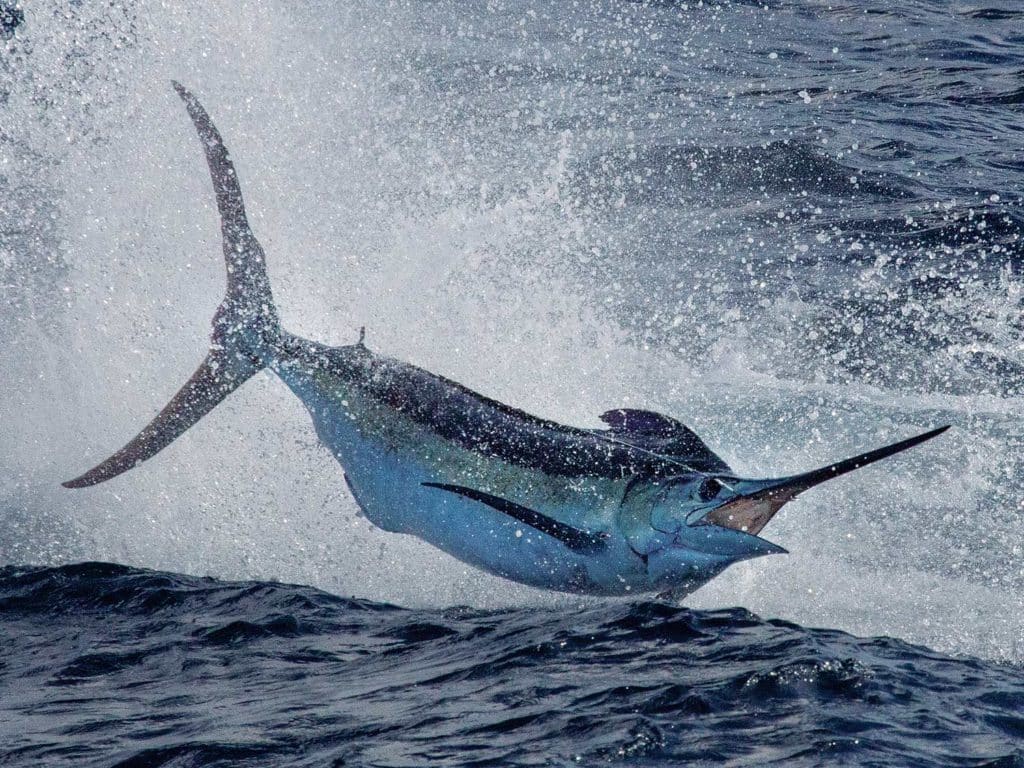
Tournament Time
Few things bring more people together than a tournament that can be completely contained on the same property, providing an intimate oasis to be entirely involved with family, friends, dining and fishing. The Hatteras Marlin Club has 30 slips, a restaurant to provide meals for sponsored events, and the fishing to generate excitement. The club’s annual tournament typically draws between 25 and 50 participants each summer. It’s an invitational format, focusing first on the members, other clubs and then local boats in the area.
The tournament began as a two-man-team event until the early 1990s, when it evolved to a team format. It was also a kill tournament, with points per pound for blue marlin. According to club member Rob Warren, it wasn’t until Virginia Beach native Mickey Hayes became involved that the tournament transitioned to a release format. As with many tournaments, the club also supports local charities, with annual support provided for the Hatteras Island Cancer Foundation and The Billfish Foundation.
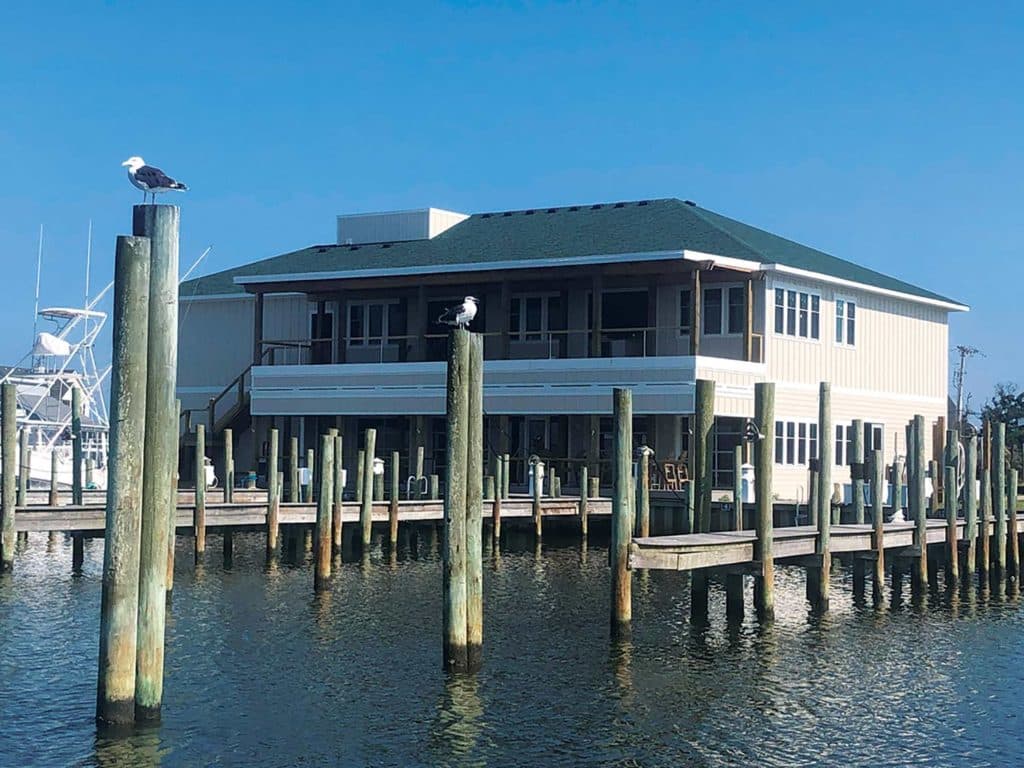
Like the Hatteras Marlin Club, there were similar fishing clubs throughout the US and the rest of the world. These clubs would be invited to send two or three teams to one another’s tournaments to compete. “We’ve had teams from the Balboa Club in Newport Beach, California, as well as Palm Beach, Annapolis, Puerto Rico, Venezuela, Hawaii and South Africa all travel to fish here in Hatteras,” Warren says. It’s partly that famous laid-back atmosphere and tournament style that soon made Hatteras a favorite destination for marlin fishermen worldwide.
Some of the stories illustrate the family aspect of the tournament as well as the hilarity that occasionally ensues. During the 2018 tournament, Capt. Fin Gaddy was fishing on his charter boat, Qualifier, with his 8-year-old twin boys, Charles and Brown, along with boatbuilder Paul Mann. Gaddy’s mate, Colin Oxnard, shared a story that makes me laugh thinking about it. Because his boys were young, Gaddy devised a plan to troll lures with smaller hooks. When a fish was hooked, Gaddy would back up the boat slowly toward the fish, taking the pressure off the rod so that the boys could remove it from the covering board, walk to the chair, clip themselves into the bucket harness, and fight the fish on their own without any assistance from the crew. The belly in the line and the weight of the lure was enough to keep the fish hooked.
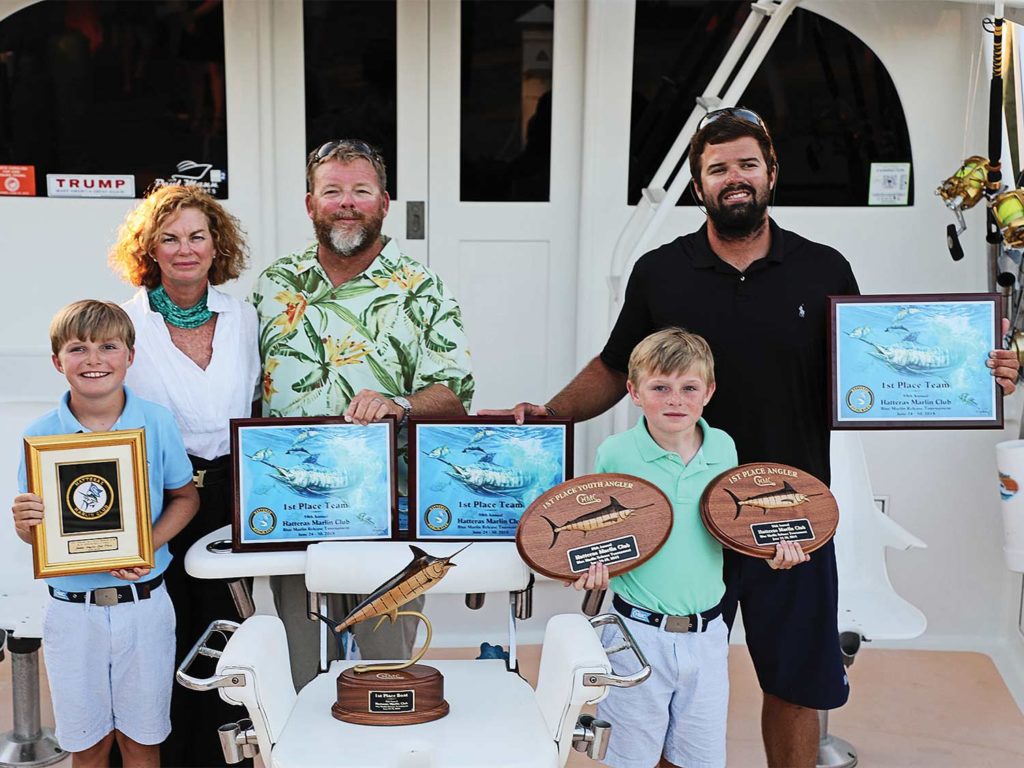
During this particular tournament, a small blue was following a lure on the right short, so Mann walked over to the reel and gave it five quick cranks to get the fish fired up. Oxnard began to reel in the lure on the left short to bait-and-switch the fish with Brown. The marlin wanted no part of the confusion and piled on the left short in a flash. “Charles was screaming, ‘Hooked up, hooked up!’” Oxnard says, “and Brown is screaming as well, saying, ‘That’s my fish, that’s my fish!’ As Brown is moving to the rod, Charles kicked him right in the groin, which sent him to the cockpit sole into the fetal position.” Amid all the noise and melee in the cockpit, Gaddy stayed focused on the fish, doing all he could to keep the blue hooked while the boys got themselves sorted out. Eventually they were able to release the fish, and along with a few more releases, Charles was named the top angler of the tournament, and Qualifier won first place—quite a feat for a family team in a field stacked with professionals.
Regarding antics, the club has always been home for those who like to joke around. Victor Hudson remembers Jack Dale and his 55-foot Jim Smith, which was 15 knots faster than any other boat in the fleet. Dale was also known for the extremely loud horn he had installed on the boat. He would sneak up behind other boats, right in the rooster tail. “Dale would blow that damn horn as he passed you like you were still tied to the dock,” Hudson says. Dale was a businessman who liked to mix fishing with work, to the point that he once fished a tournament day, and when his rocket boat returned to the inlet, he was sporting a full business suit in the cockpit. As soon as they docked, he drove to the airport in Frisco and was in New Jersey for a 5 p.m. meeting.
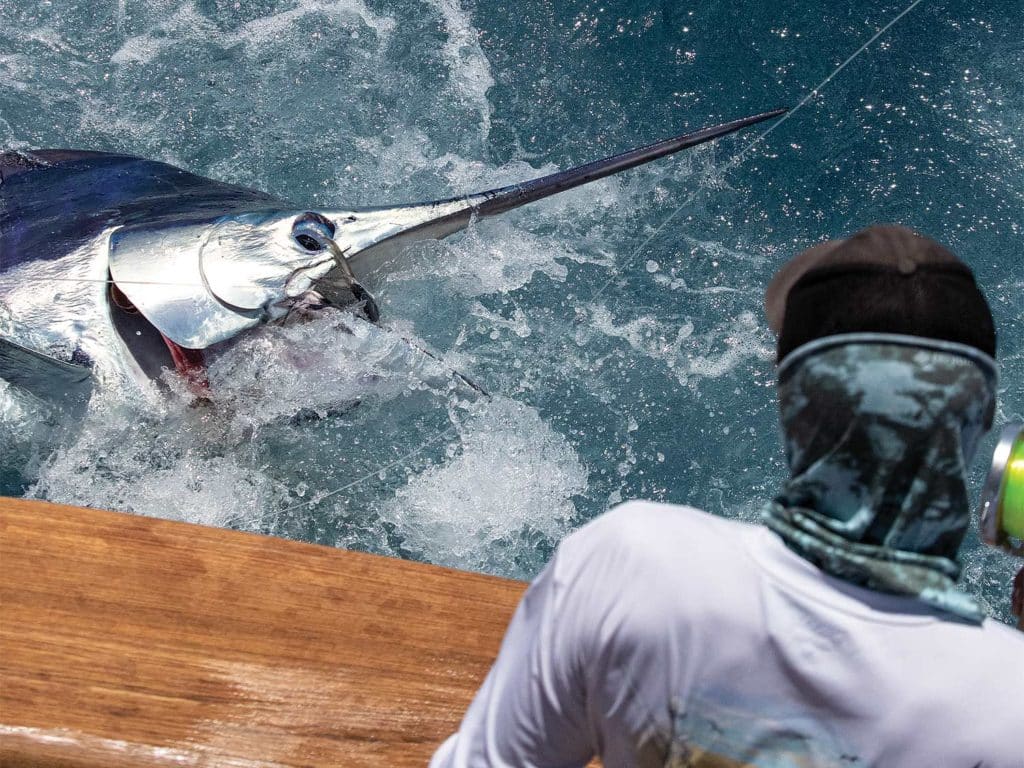
Inlet Madness
If you’re even remotely familiar with the North Carolina coastline, then you are keenly aware of the volatility and shifting sands among the various inlets. Having fished out of Oregon Inlet for nearly 40 years, I can attest to the ever-changing channels, and occasionally seeing the buoys sitting high and dry, far from the true track. Hatteras Inlet is no different, and for the past five or six years, it has been battling extremely difficult channel changes.
While many experienced captains rely on one another’s intel, and many larger boats continue to fish, it is unfortunately common to hear of a boat grounding. While the inlets are a constant struggle, in 2019, Dare County approved the budget to build their own dredge to keep Oregon and Hatteras inlets navigable. The dredge is expected to be operational this year. Having a dedicated dredge will certainly assist in bringing growth to the Hatteras Marlin Club as well as more recreational fishermen to the area. More importantly, the dredge will allow local charter
captains the ability to ensure that they can fish whenever the weather allows.
Read Next: Read our review of the new Duffie 64.
Currently, the restaurant and clubhouse are undergoing a major renovation after sustaining hurricane damage. The main structure will be going up, leaving the lower level for storage and foundation. The upper level will be home to a new restaurant with modern features to meet the growing demands of the members. In addition, the new facility will be utilized as a venue for Hatteras Village events, such as weddings, parties and meetings. But even with the growth, the Hatteras Marlin Club continues to stick with the original intent that was envisioned by its founders nearly 65 years ago: Promote the region’s offshore fishery, and support the local community.
This article originally appeared in the March 2022 issue of Marlin.

